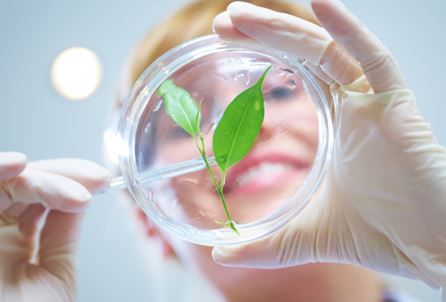Traditional Herbal Medicine Systems

Some researchers trained in both western and traditional Chinese medicine have attempted to deconstruct ancient medical texts in the light of modern science.
3.1 Africa
Main article: Traditional African medicine
3.2 Americas
Native Americans medicinally used about 2,500 of the approximately 20,000 plant species that are native to North America.
3.3 China
Some researchers trained in both western and traditional Chinese medicine have attempted to deconstruct ancient medical texts in the light of modern science. One idea is Ready to drink macerated medicinal liquor with goji berry, tokay gecko, and ginseng, for sale at a traditional medicine market in Xi'an, China. that the yin-yang balance, at least with regard to herbs, corresponds to the pro-oxidant and anti-oxidant balance. This interpretation is supported by several investigations of the ORAC ratings of various yin and yang herbs.
3.4 India
In India, Ayurvedic medicine has quite complex formulas with 30 or more ingredients, including a sizable number of ingredients that have undergone "alchemical processing", chosen to balance "Vata", "Pitta" or "Kapha". In Ladakh, Lahul-Spiti and Tibet, the Tibetan Medical System is prevalent, also called the 'Amichi Medical System'. Over 337 species of medicinal plants have been documented by C.P. Kala. Those are used by Amchis, the practitioners of this medical system. In Tamil Nadu, Tamils have their own medicinal system now popularly called Siddha medicine. The Siddha system is entirely in the Tamil language. It contains roughly 300,000 verses covering diverse aspects of medicine. This work includes herbal, mineral and metallic compositions used as medicine. Ayurveda is in Sanskrit, but Sanskrit was not generally used as a mother tongue and hence its medicines are mostly taken from Siddha and other local traditions.
3.5 Indonesia
Different types of Indonesian jamu herbal medicines held in bottles. In Indonesia, especially among the Javanese, the jamu traditional herbal medicine is an age old tradition preserved for centuries. Jamu is thought to have originated in the Mataram Kingdom era, some 1300 years ago. The bas-reliefs on Borobudur depicts the image of people ground herbs with stone mortar and pestle, drink seller, physician and masseuse treating their clients. All of these scenes might be interpreted as a traditional herbal medicine and health-related treatments in ancient Java. The Madhawapura inscription from Majapahit period mentioned a specific profession of herbs mixer and combiner (herbalist), called Acaraki. The medicine book from Mataram dated from circa 1700 contains 3,000 entries of jamu herbal recipes, while Javanese classical literatüre Serat Centhini (1814) describes some jamu herbal concoction recipes. Though highly possible influenced by Indian Ayurveda system, Indonesia is a vast archipelago with numerous indigenous plants not to be found in India, which include plants similar to Australia beyond the Wallace Line. Indonesians might experimented and figure out the medicinal uses of these native herbal plants. Jamu may vary from region to region, and often not written down, especially in remote areas of the country. Although primarily herbal, materials acquired from animals, such as honey, royal jelly, milk and ayam kampung eggs are also often used in jamu.
